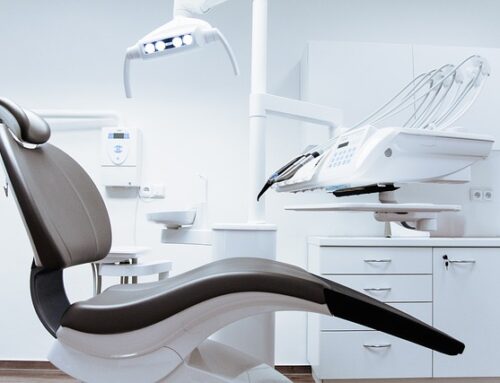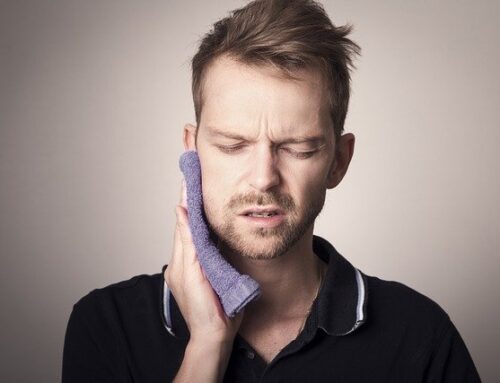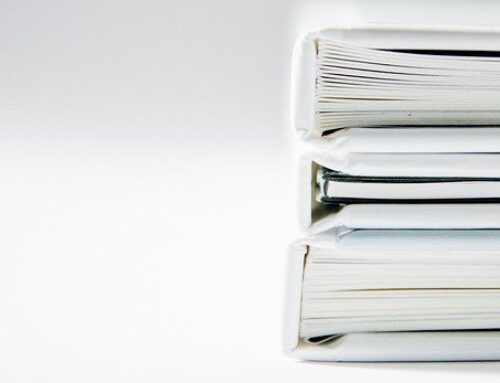We’ve spoken about this before, but it bears repeating. This pandemic has caused a lot of problems and millions of casualties, which has been difficult to comprehend. But there has also been an unusual and unexpected side effect of the COVID-19 pandemic: jaw pain.
It is imperative that we all wear masks in public to protect ourselves and others around us. That isn’t the problem. We must continue to wear masks until it is deemed safe. However, it is important to note that mask wearing has led to jaw pain in increasing numbers. Knowing this, as dentists, we need to help educate our patients and the general public about this potential side effect and how to avoid it.
What is causing the jaw pain?
There really are two root causes to this uptick in jaw pain during the pandemic: mask wearing and stress. We know that keeping the mask in place and talking through it can place added strain on the jaw. On top of that, we are all experiencing increased stress from the pandemic, which can take a significant toll on the jaw too.
In fact, stress often expresses itself through teeth grinding, especially unconsciously during sleep. This can not only impact the jaw muscles, but it can also cause damage to our patients’ teeth. While stress is causing added problems, it is not a new suspect in this case. What is new is the impact of masks.
What can be done?
The problem is not wearing masks. We must continue to urge our patients to wear masks for preventive measures. What we can do is offer advice for how to avoid jaw pain while wearing a mask.
Encourage patients to find a mask that fits their face well. This means it does not slip because when a mask does slip down, we are prone to correct it with our jaw. Unfortunately, our jaw is not accustomed to that movement and we must find ways to avoid that.
While our patients may go for the fashion-oriented style of a mask, those are not made to fit every face type. Instead, the blue surgical masks or KN95 masks are made to be a one-size-fits-all mask.
If your patient is experiencing jaw pain, though, there are some exercises they can do to relieve their pain. To give your jaw some rest, keep it in a resting position with the mouth slightly open, tip of the tongue against the roof of the mouth and lips together. It is also imperative that they suppress the urge to adjust their mask by moving their jaw back and forth.
What are some other tips you offer your patients to reduce their risk for jaw pain? Remember, if they do experience jaw pain, it is important to identify the cause and find out if it is something beyond stress or incorrect mask wearing.





